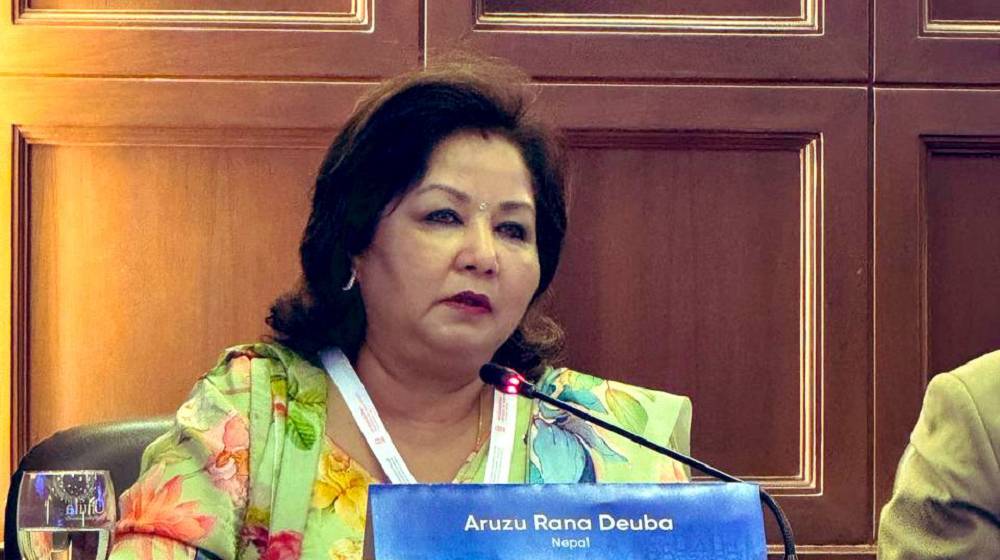The non-banking assets (NBA) held by banks and financial institutions have surged by 63.45 percent over the past year, driven by a sharp rise in non-performing loans (NPLs), according to latest data released by Nepal Rastra Bank (NRB).
NBA refers to assets such as collateralized properties acquired by banks when borrowers default. Total NBA, which was Rs 27.6bn in mid-May last year, reached Rs 45.11bn in mid-May—a Rs 17.51bn increase in just one year.
When borrowers default on loan, banks acquire properties pledged with them as collateral. When banks fail to sell off these properties through auction, they are compelled to take them on as assets.
Commercial banks saw a 62.08 percent rise in NBAs over the past year, while development banks and finance companies recorded increases of 55.56 percent and 102.45 percent, respectively. Commercial banks have added Rs 38.48bn in total NBA, while development banks and financial companies have NBA of Rs 3.9bn and Rs 2.72bn, respectively.
Bankers are failing to dispose of repossessed collateral due to a slowdown in real estate transactions. They have been failing to find buyers despite publishing auction notices regularly.
Since banks are required to set aside 100 percent provisioning against such assets, this is tightening liquidity and impacting their profitability as well.
The average NPL ratio across banks and financial institutions also rose by 1.26 percentage points during the review period. The average NPL, which was 3.98 percent in mid-May last year, has now reached 5.24 percent. The steady rise in bad loans forced banks to absorb more collateral which has inflated their NBA portfolios.
Recognizing the strain caused by mounting bad assets, the government, through the budget for the upcoming fiscal year 2025/26, has proposed to establish a ‘bad bank’—a specialized entity to acquire and manage stressed assets from commercial banks.
The move aims at cleaning up balance sheets and improving liquidity and lending capacity in the financial system.
While details of the proposed bad bank’s structure and funding mechanism are yet to be outlined, former governor Maha Prasad Adhikari had instructed officials to start a study for the bad bank.











